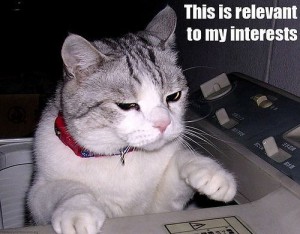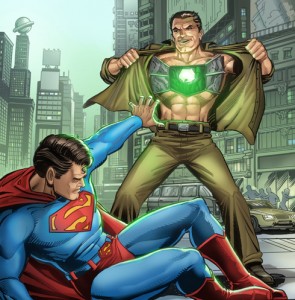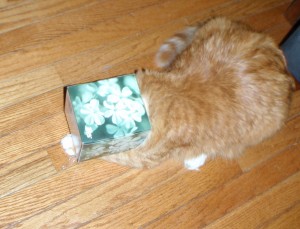Whenever I come up with a story idea that I’m excited about, I share it with the fiance. And, more often than not, he says “oh, that sounds like [insert already published book].” Then I get frustrated and decide my idea is not good enough and move on to something else. But you know what, there are few original core ideas left. It is how you alter the core, the bits you add in, like your characters and your setting, that make it unique.
I read a post over at Writer Unboxed, Write Like a Comparative Mythologist, that summed it up really well:
Even if you are telling ‘essentially the same story’ as someone else, you are not ‘ripping off’—you are adding to the conversation… If you view your story as another answer to the same issue, then you will realize that as long as you are sincerely dealing with the issue, you cannot ‘rip someone off’ just for having a similar premise.
This is good advice to remember when someone tells you “oh, that reminds me of…” or when you read something that has a similar concept to your own WIP. It’s easy to get overwhelmed and frustrated, but instead of letting that frustration get you down, use it to work harder to make your work stand out.









